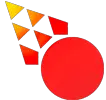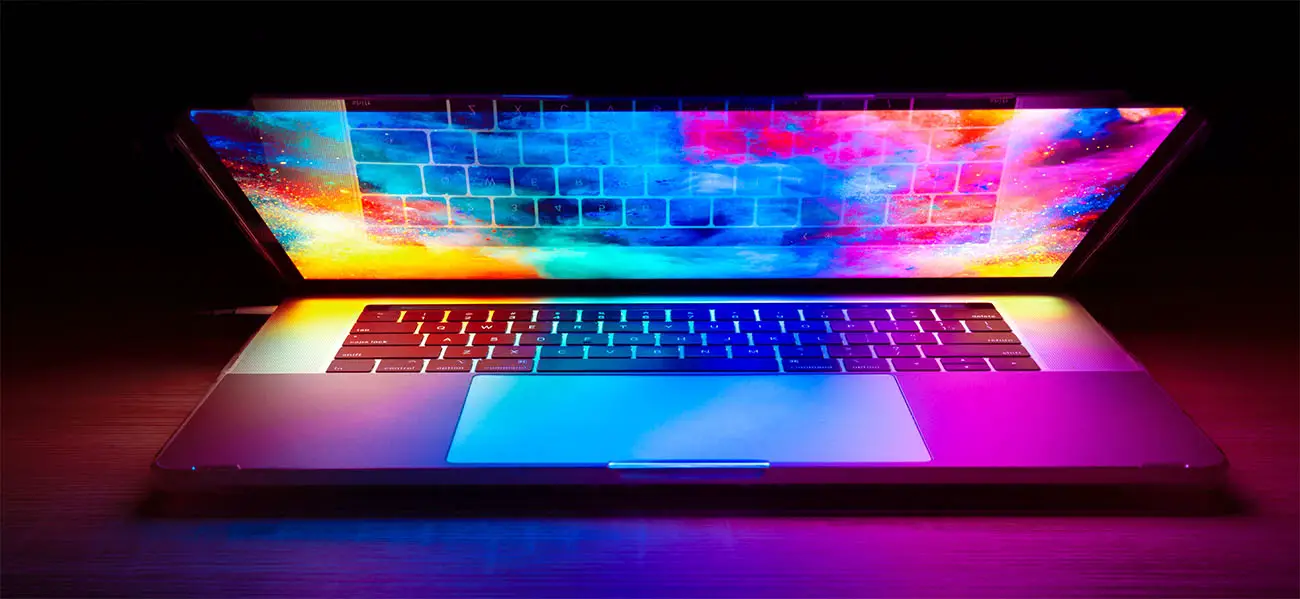Do you wanna learn about music production? Maybe you have an intuition you could be really good at it. Well, if you found your way to this page. That’s great! Because this is a guide written with love and care, meant to cover some core knowledge you need to have with you. It’s full of information, good tips, definitely no fluff but with a little bit of sparkle. Let’s begin!
Choosing Your DAW
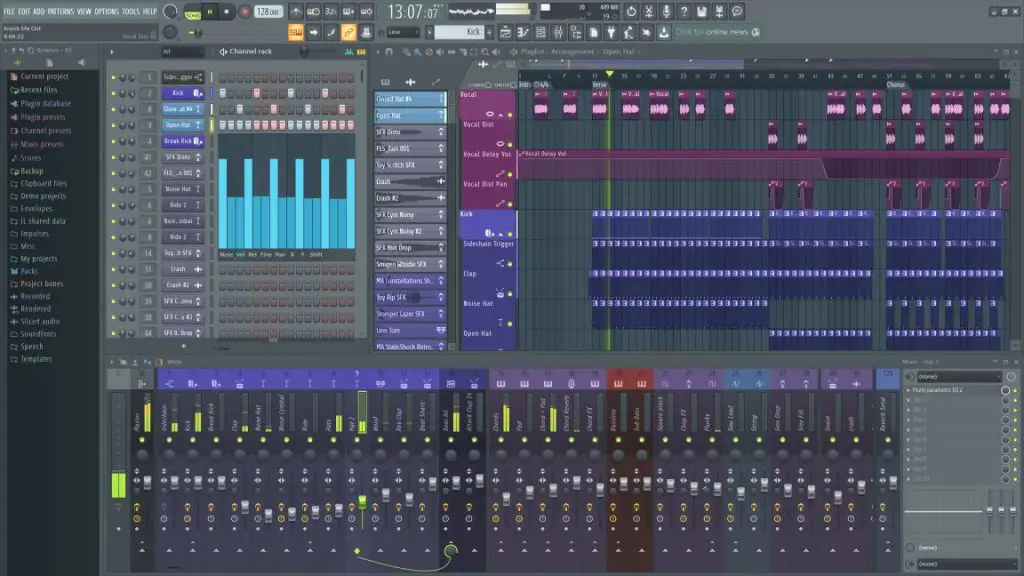
You’re going to need a DAW, a Digital Audio Workstation to get started with making music. It’s a type of software that you’ll use to play, record, mix, and master audio. Because the DAW is so central to music creation. It’s a really big deal to find the right one.
Here are some tips for picking a DAW
- Go for a reputable DAW that has a big userbase
- Try the DAW your favorite artists or composers use.
- Go for a few trials. See what connects with you.
- Built-in instruments and effects are unique to every DAW and very handy to have. So it’s great to check out which ones you get, how many and if they look appealing to you
- Don’t give up too early. It can be overwhelming when you open your DAW for the first time, but you will learn quickly if you’re determined.
Beginner Alternatives
If you get stuck trying to figure out what DAW to use but want to get started right away. Consider getting your feet wet using Soundtrap or Garageband. They are the easiest ones to use, but they are also not as professional as other alternatives.
Soundtrap [Spotifys Unique Browser Music Maker]
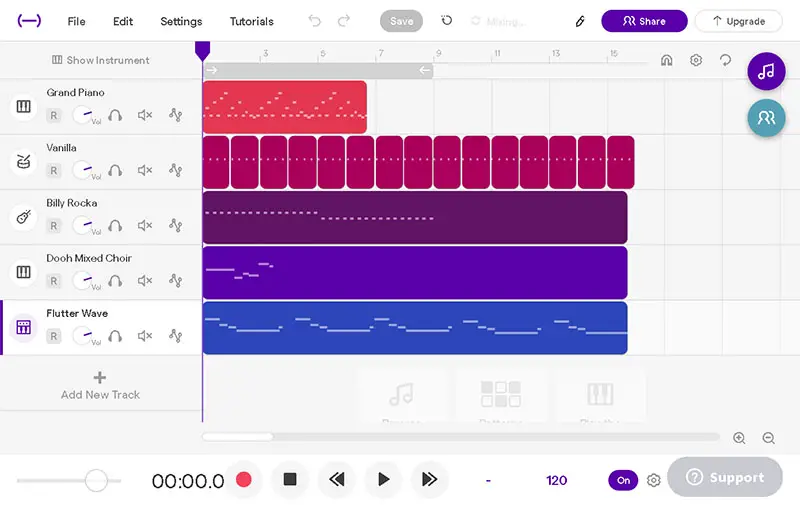
Spotify Soundtrap is a full-fledged DAW available right in your browser. That’s right! On your phone, laptop or tablet. You get instruments, you get samples, and you can record anything you wish. It’s absolutely astonishing that someone who just wants to get into music-making can pick this tool up and get started within seconds. Don’t get discouraged if it still takes a bit of time to learn.
GarageBand [Free for iPhone and Mac]
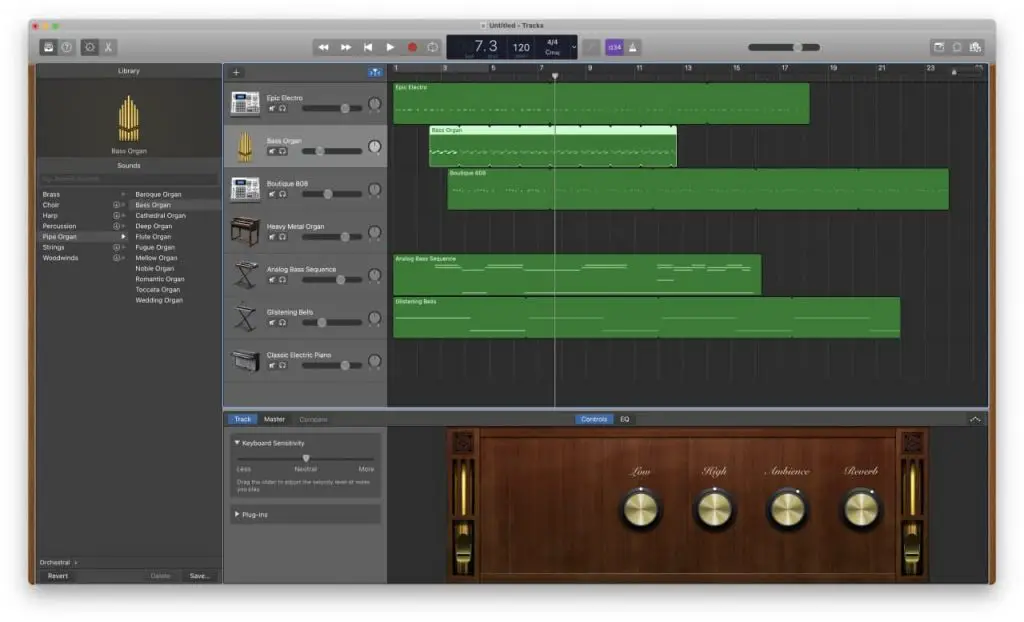
Garageband is the best beginner alternative hands down. It’s simplified and extremely competent. It features instruments and samples ready for you to use right away. It’s free, and since you can install it on your Mac and iPhone, you can use it anywhere.
Every built-in instrument is fun to use, and you will be able to record and finish your tracks really quickly. A very good thing about Garageband is that it shares similarities with Logic Pro, Apple’s other music creation software.
This makes it easy to transition from Garageband to Logic Pro, which is a more professional software.
Every DAW In The World
Here is a list of every DAW in the world. It’s meant to give you an overlook of what’s available for you because there are just so many alternatives to choose from. Go to some of their websites. See what you connect with.
| DAW | Features | Price | Operating System |
| Acid Pro | Melodyne Included | $199 | Windows |
| Ableton | Good Allround DAW | $99+ | Windows, Mac |
| Bitwig Studio | Samples Included | $99 | Windows, Mac, Linux |
| Cakewalk | Paid Quality For Free | Free | Windows |
| Cubase | Has Been Around The Longest | $99+ | Windows, Mac |
| FL Studio | Popular With The Electronic And Hip Hop Scene | $99+ | Windows, Mac |
| Garageband | Beginner Friendly | Free | Mac |
| LMMS | Open Source | Free | Windows, Mac, Linux |
| Logic Pro | Popular With Mac Users | $199.99 | Mac |
| Mixcraft | Samples Included | $199 | Windows |
| Mulab | Simple Interface | Free | Windows, Mac |
| Pro Tools | Popular With Professionals | $299/year | Windows, Mac |
| Reason | Feature Rich And Unique | $399 | Windows, Mac |
| Reaper | Good Allround DAW | $60+ | Windows, Mac, Linux |
| Soundbridge | Touchscreen Friendly | Free | Windows, Mac |
| Soundtrap | Works In The Browser | Free or $7.99+/month | Browser |
| Studio One | Great For Mixing And Mastering | Free /$14.95Month /$99.95+ | Windows, Mac |
Either go buy a DAW that’s reputable, or go for a free alternative that has full functionality. That is one where you can use your own samples and install your own plugins.
I recommend FL Studio, Logic Pro, Ableton, or Cubase. They have a long history and are the four most popular software. Many artists, songwriters, and mix engineers have built their careers using these. If you want to start out free, my recommendation for Windows users would be Cakewalk and Garageband for Mac users
How Long to Learn a DAW?
If you find yourself wondering, how long it takes to learn any given DAW. The answer is, it can take a few days to get acquainted with it. It all depends on how motivated you are. Even if you can learn how to use it very quickly. Most DAWs have so many functions, that you’ll be learning new things for years to come.
Covering The Basics

Let’s go over some basic functions and terminology within music production.
Arrangement Window is the window where you arrange your loops, samples, and recordings to build your track. This is the most important feature of any DAW, and everything is built around it. It’s a timeline and it always has a grid structure so that you can quantize or arrange your samples, loops, and melodies to the correct to your desired rythm.
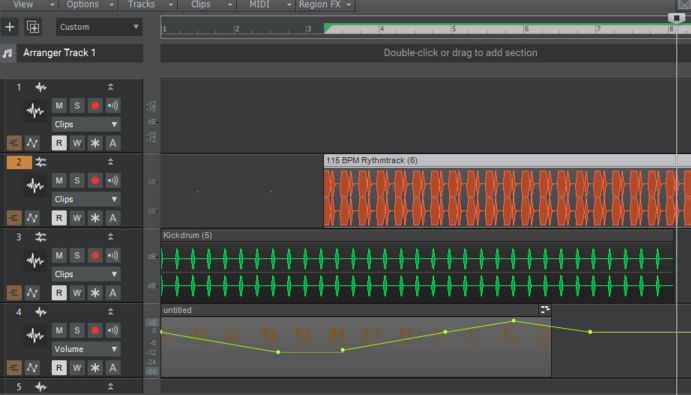
Loops are longer pieces of audio often containing many samples. They are called loops because most loops can be played on repeat.

Samples are like loops but they are smaller. Whereas a loop contains a drum rhythm, an entire melody, or a set of chords. Samples are often just smaller pieces of audio, containing just one drum hit, one tone, or one chord.
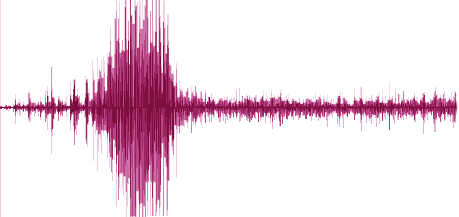
Automation is when you automate changes in volume or different effects. It’s used so you can make progressive changes. You may want an instrument to start at a low volume and then increase the volume later on in the track. Automation allows for that and much more.

DAW stands for Digital Audio Workstation, which is any type of software that is used to produce or edit music.
Plugins are add-on software used to add functionality to your DAW. They can consist of effects, virtual instruments, or utilities. They’re called plugins because, in a sense, they plug into the host software. Plugins play an important role in modern music production.
Gathering Samples and Loops
Over the years I’ve used freesound.com and Looperman.com to obtain those unique samples that arent available anywhere else. They are totally free and it’s great because you can pick which loops and samples you want and build your own library. The width and quality of your library are absolutely determining factors in how your music will sound.
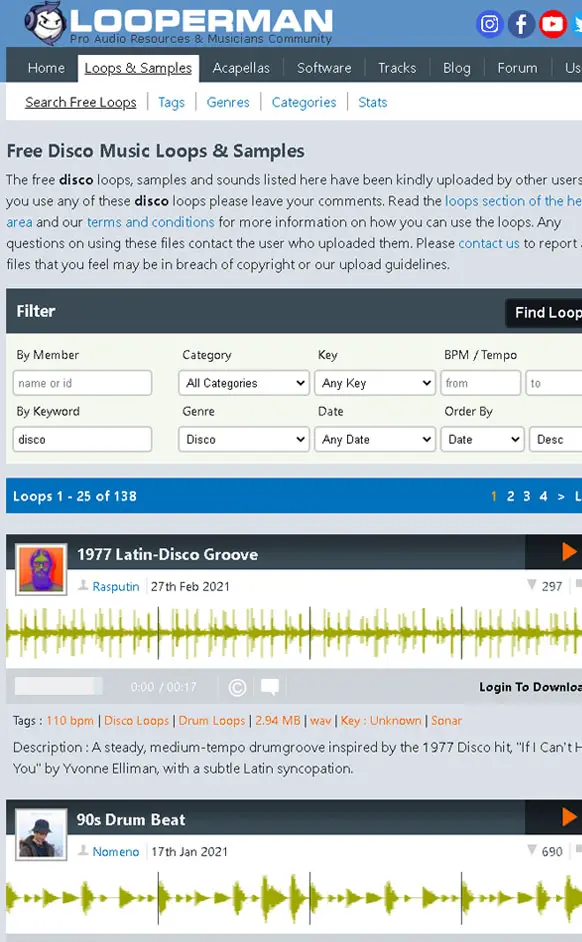
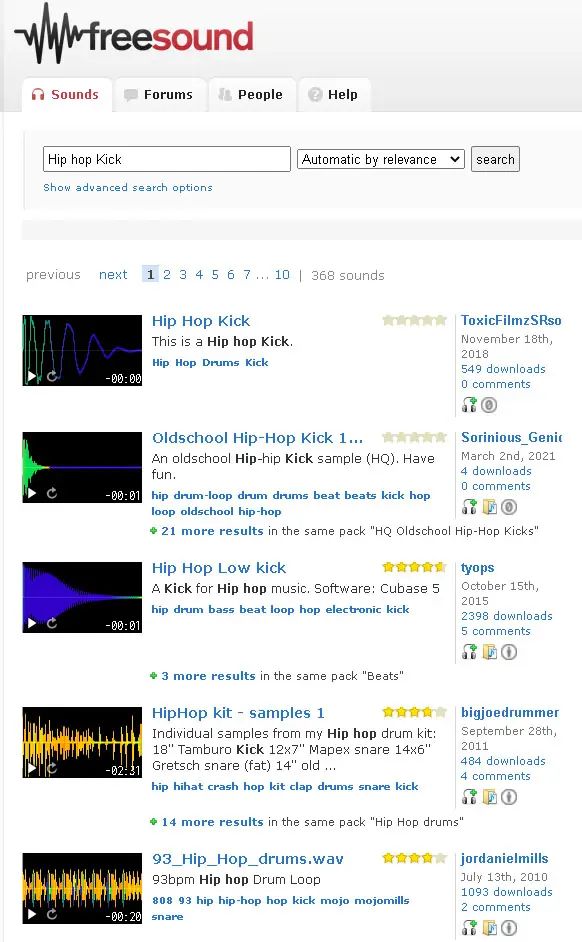
Freesound is the best free resource for sound effects. They got a lot of special sounds like rain, birds, and explosions. But you’ll find the more common variety of samples there as well.
If you want to download more complete packages of samples try https://free-sample-packs.com/. However, to download free sample packs from any site you will often need to subscribe to newsletters and register accounts. It may be a bit tedious actually, but in the end, you will end up with some deliciously-sounding samples that you paid nothing for.
Of course, you can skip right through the processes of signing up for newsletters, and such. If you want to download great sample packs from the get-go, just buy a few from a site that sells them.
Buying Samples
All the online stores that sell plugins, also sell sample packs. There are also a massive number of small creators, selling their sample packs. Many creators and companies provide Free sample packs and they are great because you can determine their usefulness and quality. If you like what you hear, just get some paid sample packs from the same providers.
Sample Subscription Services
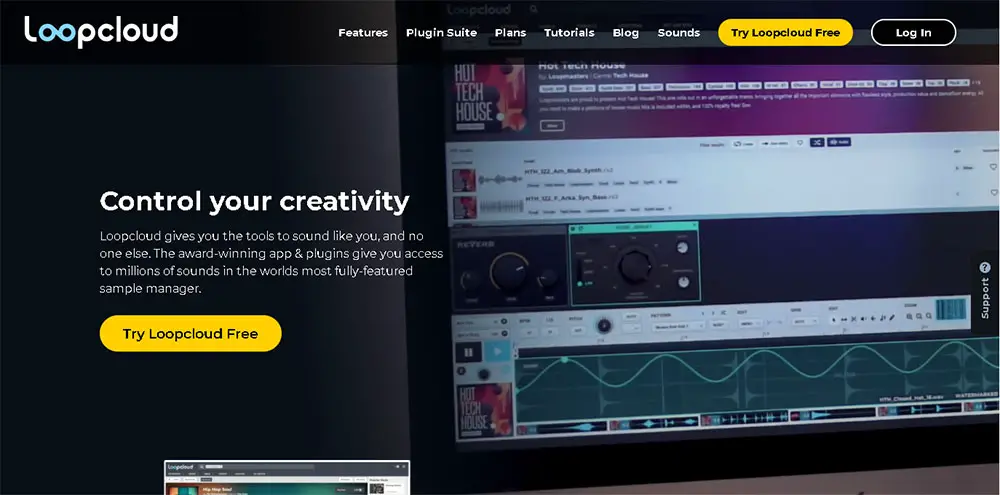
There are also sample and loop subscription services. Just like with Spotify and Apple Music, where you have all the music you could wish for in one place. Those companies work the same way. You get access to a world filled with more samples than you could ever use. These are super useful services because getting good samples has always been a challenge. Those services completely demolish that, and you will have an absolute blast getting the best sounds on the market with ease. They are subscription-based and that means you pay monthly.
Virtual Instruments And Other Plugins
In this part of the guide, we’ll be covering how to get plugins called virtual instruments, as well as how to get started with them.
What Are Virtual Instruments?
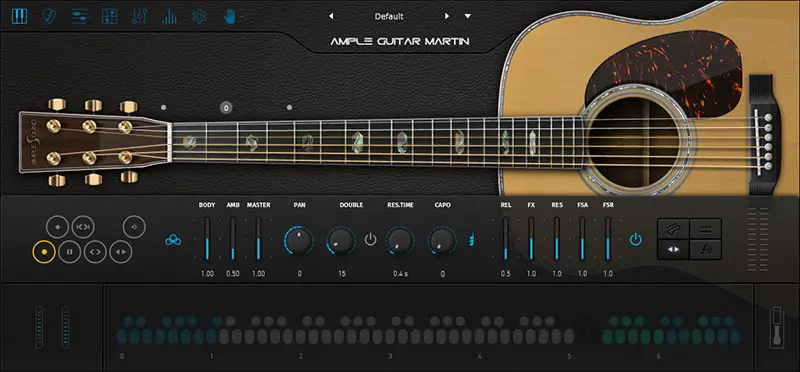
You can make the best songs in the world, and never even touch a real instrument. With virtual instruments, you can play the violin, piano, guitar, flute, etc. Without ever touching a real instrument. This will save you a lot of time because let’s be honest, learning to play every instrument you may want to use would take a long time.
There are mainly two types of virtual instruments and I’ll explain both of them to you now.
Sample Based Instruments
Sample-based instruments often use real recordings from real instruments. When you press a key or click on a button in your software, you play a recorded sample from the real instrument. While it may sound like it could never ever sound like the real deal. That’s far from the truth, often, it sounds just like the real instrument.
Spitfire Labs [Free]
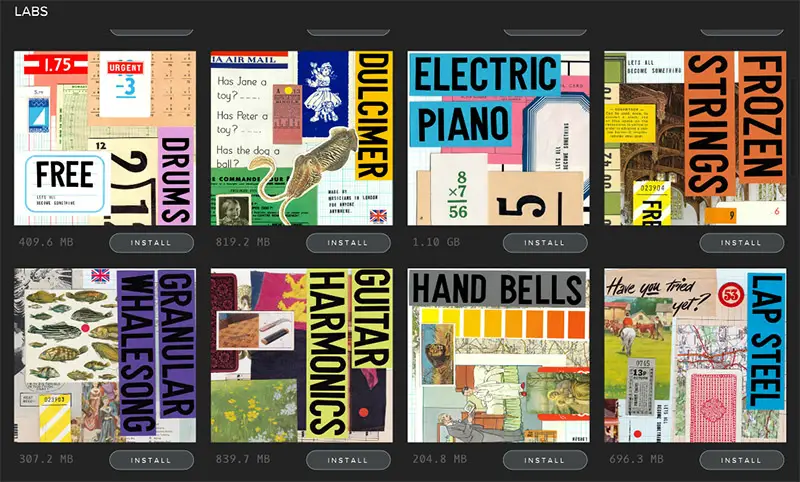
Spitfire LABS is another great plugin that’s sample-based. As you can see from the picture, you can get many instruments to play around with and it’s totally free. There are many more available than you can see in the picture. Just pick which ones you want, install them and start playing. Definitely try the lap steel guitar! It sounds amazing.
Waveform Generators
Waveform generators are a type of synthesizer. They generate sounds using math and programming, to produce different waveforms. They can produce almost any sound you can think of
KLEVGR SyndtSphere [Free]
KLEVGR SyndtSphere is by far the easiest synthesizer you can get for your plugin collection. It’s beginner-friendly because you don’t need to mess around with any settings, you can just scroll through the sphere to find a sound you like. Get it here!
If you need more virtual instruments in the future. Try KVR Audio! They provide a database filled with free plugins.
Here’s how to play virtual instruments

To play virtual instruments. You can use either your mouse, your computer keyboard, or a MIDI controller. In any DAW, the instruments will be controlled by notes played with virtual piano keys. You don’t really need to be able to play the piano to be able to control the instruments this way. But it does use the same layout.
When using virtual instruments. You have two options to record your music. Either, you press the record button in your DAW and play a few notes using the controller of your choice, or you add the notes manually. These techniques are universal for all DAWs.
MIDI Files

You can always cheat and download MIDI files to get you started. Those files can contain chords, melodies, and rhythms. They contain data on which note to play. The good thing about MIDI files is that you can load them into the virtual instrument of your choice to get different sounds but the same melody.
Most often, you can just drag and drop the MIDI file into your note editor to listen to the notes contained within it.
Stock Plugins And Effects

Every DAW comes with built-in effects and instrument plugins. Let’s look at the effects used. They are used to modulate your audio. For example, compressor and reverb are two effects that are super handy to have for recorded vocals and guitars. It’s hard to get a professional result without them.
There are many knobs on most effect plugins, and they may look intimidating. Because you don’t know what they do. Don’t ignore them because they look intimidating. Take a little time to learn them. Everyone will feel lost at the beginning.
Most types of plugins have a standardized interface. For example, there are hundreds of different limiter-type plugins out there. But once you’ve learned one, you’ve pretty much learned them all.
Here is a rundown of most effects and what they do. As I said earlier. Don’t be discouraged if you think this is hard or if you don’t understand.
- Compressor: Alters the volume shape of sound.
- Limiter: Removes sounds above a volume threshold.
- Equalizer: Controls the volume of different frequencies.
- Saturation: A light type of distortion, often used for mastering purposes to accentuate audio.
- Distortion: Clips audio past a volume threshold so that it flattens and creates square waves and new harmonics.
- De-esser: Used for controlling shh and ess sounds in vocals.
- Multiband Compressor: Works like a compressor but is used to control different frequency ranges at the same time
- Autotune: Auto corrects the pitch of a vocal or instrument to the nearest note in a scale.
- Reverb: Puts audio in a virtual space.
- Chorus: Same sound is played twice at the same time with a difference in time
- Flanger: Same sound is played twice at the same time with a lesser difference in time.
- Phaser: Uses phase cancellation to produce a sweeping effect.
- Volume modulator: Applies volume patterns to a mix or sample
- Gate: Mutes sound below a volume threshold.
- Bitcrusher: Reduces audio resolution.
- Exciter: Accentuates high frequencies through EQ and distortion.
- Filter: Cuts off frequencies in a given range.
- Analyzer: Analyzes volume levels, dynamics, frequencies, and spatiality.
- Stereo Expander: Widens or narrows the stereo width.
Peripherals
They told you, you need this, you need that. It’s never true. You don’t need anything other than your computer to begin making music. It’s how I started and it worked for many years. In fact, even though I own studio gear, I still use consumer headphones to make music. Because I like them, and you can do the same thing. Be comfortable in that sense.
However, it can be nice to have a pair of studio headphones or speakers. Laptops and phone speakers generally don’t have a good enough audio quality for music production.
So, all in all, you do not need the following things, but eventually, you might want them.
Audio Interfaces
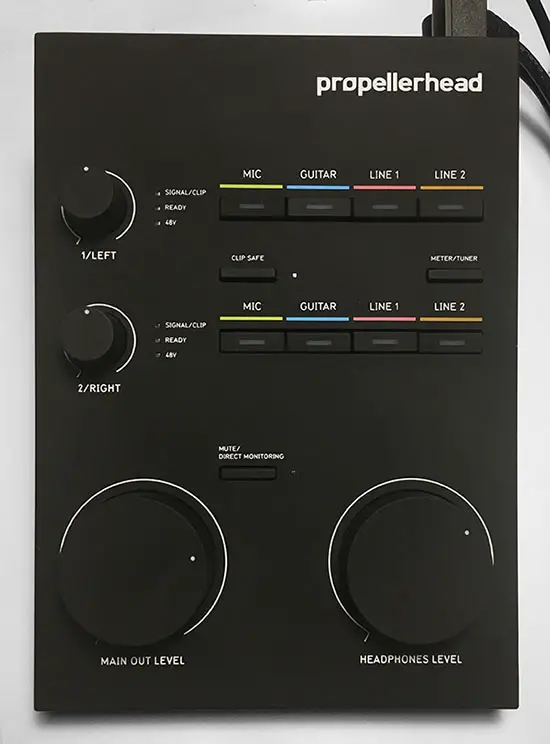
Audio interfaces are used to connect microphones and other instruments to your computer. They are always available for cheap, often around 100$. If you want to record vocals or guitars. This is an absolutely has to have. You just plug it in via USB and you’re good to go.
A nice benefit of Audio interfaces is that they have built-in audio processors, so you can use them as a soundcard. This offloads a lot of processing power from your computer/laptop to the soundcard. It’s going to free up resources and make things run faster.
MIDI Controllers
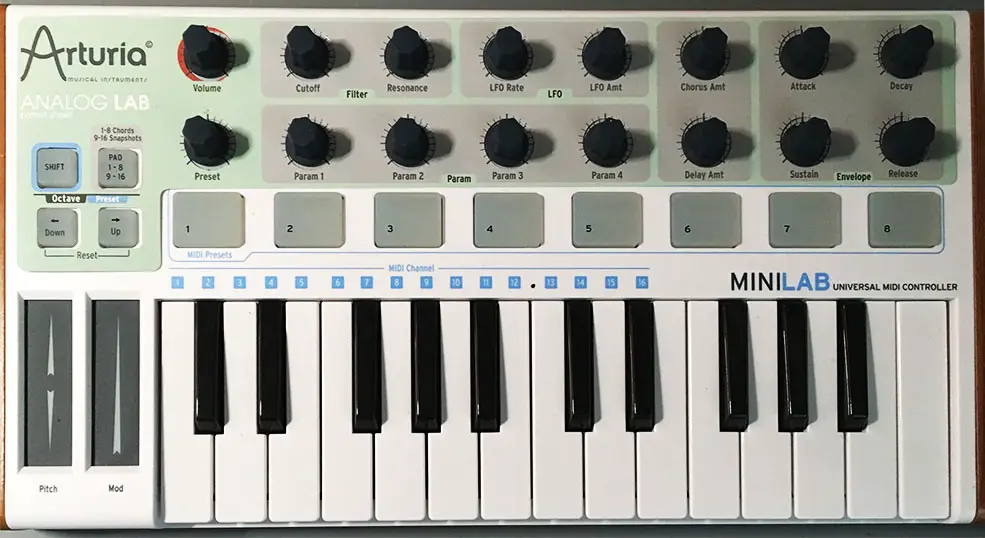
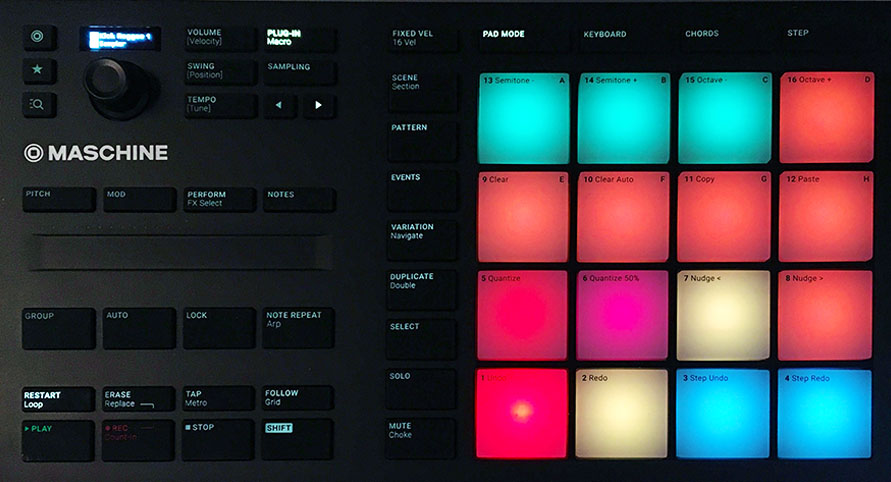
MIDI controllers come in all shapes and sizes. The common denominator is that they send MIDI data from the controller to your workstation. You use them to play virtual instruments with physical buttons and keys. Above you see two of the most common varieties, on the left a midi keyboard and on the right a pad grid.
You can also use your computer keyboard as a midi controller. For example, you can play a virtual piano with it. Although, getting a real MIDI controller will make it easier for you.
You can also use your phone or your tablet as a virtual MIDI controller. There are apps for both Android and iPhone that lets you do this.
For iPhone try: MIDI Studio and for Android: TouchDAW
FL Studio has its own MIDI controller app, for both Android and iPhone called ILRemote.
Studio Headphones And Monitors
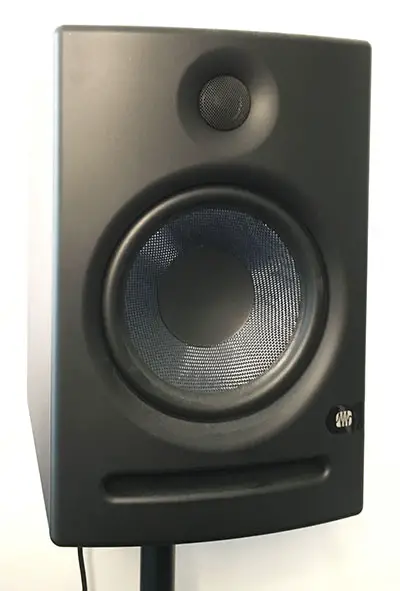
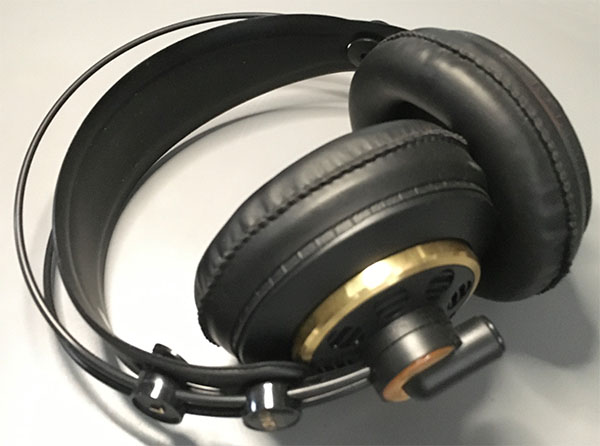
Sometimes, headphones and monitors are named “studio” without them actually being compatible for studio usage. When you’re looking for studio headphones or monitors, there are two things that are important to look for.
Number one. You want as flat a frequency response as possible. If you’ve ever used the function bass boost on a pair of speakers or on your phone, you’ve changed the frequency response. Most consumer headphones and speakers come with uneven frequency responses, where bass and treble are boosted.
A flat frequency response is desired because that means that you perceive the audio as it actually sounds. This allows you to make music that will sound good on any device you play it on. It’s important if you plan on showing your friends what you created, or if you wanna upload your tunes to a streaming service.
There’s a software tool called Sonarworks reference. It allows you to get a flat frequency response on headphones and speakers that don’t have it.
However, in the end, you can use any headphones or speakers you like. The most important thing to keep in mind is that you will want to try your music on different systems to make sure it sounds good. If it sounds good on multiple speakers. It’s all good.
Mixertable
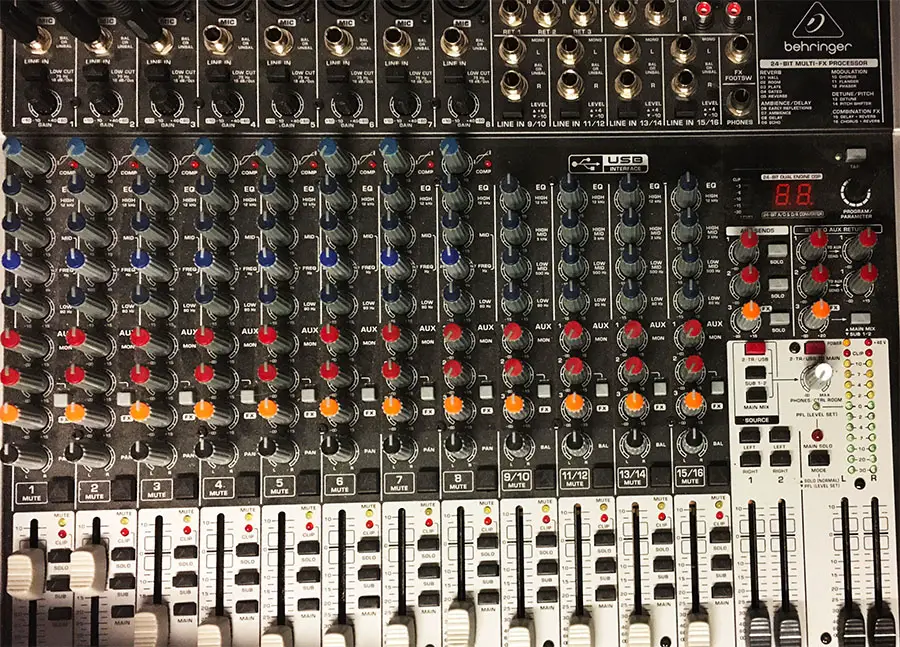
While you may have seen professionals sitting at huge mixer tables, it’s neither necessary nor common in modern music production. Most mixer tables today are virtual ones. Every DAW has one. Mixer tables are used to control the panning and volume of your tracks.
Microphone

If you plan to record instruments as well as vocals, there are microphones that work for both. You don’t have to pay a lot to get a good-sounding one. One important thing to look out for is what the noise floor of the microphone is. This is called self-noise and is caused by the circuitry of the microphone.
Especially on cheap microphones, this can result in a buzzing or hissing being picked up in your recordings. So if you are watching reviews or information about the microphone. Make sure to see if that’s mentioned somewhere. Other than that. Any microphone is better than no microphone.
If you are just getting started and quickly want to record your voice or guitar. You can use a headset, your phone, or a laptop microphone.
Additional Knowledge
- Samples can always be dragged and dropped into the DAW.
- Make sure you keep your downloads organized. If you save a project and move the location of the project’s files. The project might not open.
- Save often. Once every hour or after you’ve created something awesome is the rule. If you make something really good and the DAW crashes, you might not find your way back.
- Plugins are installed into default folders and your DAW should automatically recognize them. If not, check how to refresh the plugin list.
- To turn your music project into a Wav or Mp3 file. You need to export it as Wav or Mp3.
- If your software feels slow. Check within the settings. There are always things that can be optimized to make your project run quicker.
- Most songs use a BPM of 50-150
Final Words
It can take you an hour or two to learn the basics of any software. Don’t give up too early. When you’ve found the DAW that works for you, you can create wonderful music. Making music can be a way to deal with your emotions. You’re never just making music. You’re making art.
So if it takes a day, a week or more, to get started. Don’t give up. If it’s calling you, it’s calling you.
